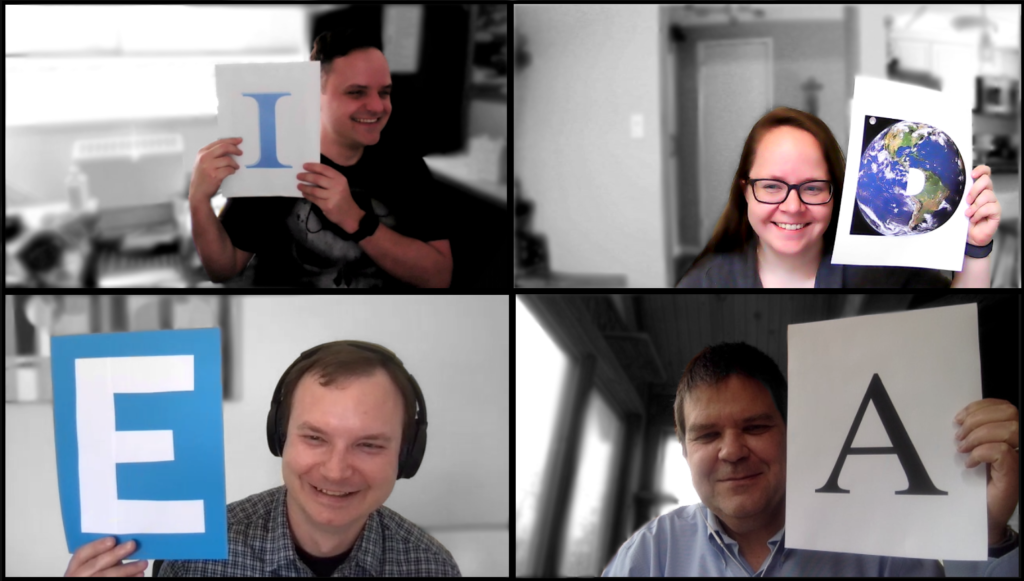Many of the superheavy elements discovered in the last few decades were produced by bombarding heavy-element targets with high-current beams of neutron-rich isotopes like 48Ca. We need ion beams of yet-more-massive neutron-rich elements to extend the periodic table further using similar methods. The Ion Source Group in Building 88 has been using the superconducting electron cyclotron resonance (ECR) ion source VENUS to develop 50Ti beams to address this need.
[Read more…]Many of the superheavy elements discovered in the last few decades were produced by bombarding heavy-element targets with high-current beams of neutron-rich isotopes like 48Ca. We need ion beams of yet-more-massive neutron-rich elements to extend the periodic table further using similar methods. The Ion Source Group in Building 88 has been using the superconducting electron cyclotron resonance (ECR) ion source VENUS to develop 50Ti beams to address this need.
[Read more…]
Many of the superheavy elements discovered in the last few decades were produced by bombarding heavy-element targets with high-current beams of neutron-rich isotopes like 48Ca. We need ion beams of yet-more-massive neutron-rich elements to extend the periodic table further using similar methods. The Ion Source Group in Building 88 has been using the superconducting electron cyclotron resonance (ECR) ion source VENUS to develop 50Ti beams to address this need.
[Read more…]
Many of the superheavy elements discovered in the last few decades were produced by bombarding heavy-element targets with high-current beams of neutron-rich isotopes like 48Ca. We need ion beams of yet-more-massive neutron-rich elements to extend the periodic table further using similar methods. The Ion Source Group in Building 88 has been using the superconducting electron cyclotron resonance (ECR) ion source VENUS to develop 50Ti beams to address this need.
[Read more…]

